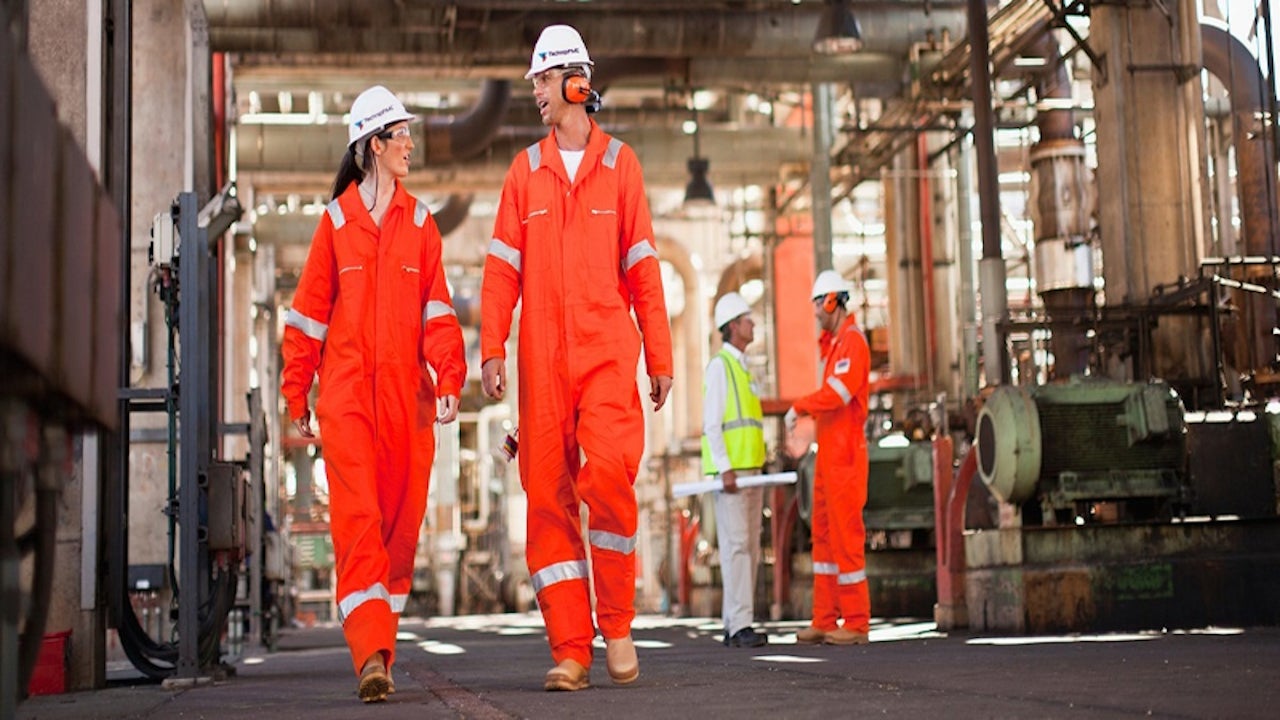Platina is a deepwater oil field located at a water depth of approximately 1,300ft in Block 18, offshore Angola.
Block 18 is jointly owned by BP (50%, operator) and Sonangol Sinopec International (50%). The partners reached an agreement to progress the Platina oil field development in December 2018. It is the second development in the block after the Greater Plutonio project.
The first oil from the Platina field is expected by late 2021 or early 2022.
Platina oil field location
Block 18, containing Platina field and Greater Plutonia development, lies 257.49km north-west of Luanda, offshore Angola.
The block extends across an area of 5,000km² at a water depth ranging between 1,200m and 1,600m.
Platina oil field development details
The deepwater Platina field development will include subsea wells, which will be tied back to the existing floating production, storage and offloading vessel (FPSO) of the Greater Plutonio development.
The FPSO is anchored by 12 mooring lines, using spread mooring system, at a water depth of 1,300m. It will also support the potential future production of the Platina field.
The subsea production systems to be installed at the field include subsea trees and a production manifold with related subsea control and connection systems. Rigid pipelines, flexible jumpers and communication umbilicals will also be laid for the project.
FPSO details
The Greater Plutonia FPSO is a 1.75 million barrel capacity vessel, measuring 310m long and 58m wide. It currently produces hydrocarbons from 43 subsea wells of the Greater Plutonia Development.
The topside of the FPSO is installed with processing facilities for oil and produced water, as well as equipment for seawater treatment for water injection. It can accommodate 160 people and features helideck, lifeboats, catering facilities, and a recreational area, including gym, lounge and cinema, as well as a control room.
The FPSO hull is fabricated from steel and is a double-sided/single bottom construction equipped with cargo and ballast pumps, pumps for lifting seawater, a desulphation plant, fire and deluge pumps, two diesel generators and an emergency generator.
The FPSO has 220,000 barrels of oil per day (bopd) of oil production capacity, 330 million standard cubic feet per day (Mmscfd) of gas compression capacity and 510,000bopd of water injection capacity.
Greater Plutonia development
The Greater Plutonia was developed under the first phase of Block 18 development that started in 2005 while first oil was produced in October 2007. The development lies 160km offshore Angola and comprises five oil and gas fields, Cobalto, Paladio, Plutonio, Galio and Cromio.
The development encompasses 43 subsea wells tied back to the FPSO for processing and export of the crude oil. Some of the major contractors involved in the Greater Plutonia Development project were KBR, Hyundai Heavy Industries, Stolt/Technip, FMC Kongsberg, Kellogg Brown & Root and GPS PE Pipe Systems.
Contractors involved in Platina field
TechnipFMC received a contract to provide integrated engineering, procurement, construction and installation (iEPCI™) services for the development of Platina field in March 2020. The contract follows the integrated front-end engineering design (iFEED™) work performed by the company for the field.
Aker Solutions was contracted to provide brownfield services, including modifications, maintenance and operations for the Greater Plutonio FPSO for five years in October 2018.
Other developments offshore Angola
In addition to the development of Block 18, BP also operates the PSVM project in Block 31, offshore Angola, which produced first oil in 2013. Exploration activities are planned to be ramped up in Blocks 18 and 31 under a memorandum of understanding between BP and Sonangol.
Sonangol is exploring Blocks 46, located at a water depth of approximately 2,500m offshore Lower Congo Basin, south of Congo River, about 500km north-west of Luanda, along with the adjacent Blocks 47 and 48.
In February 2019, Presidential Decree No 52/19 approved a new Concession Award Strategy for the period between 2019 and 2025 to improve the oil and gas production in Angola. It will increase the exploration activities in the Namibe Basin, Benguela Basin, Congo Basin and Cuanza Basin, offshore Angola.




